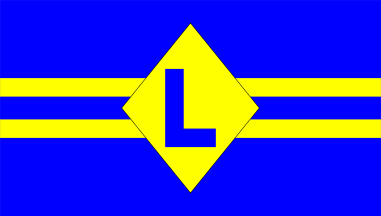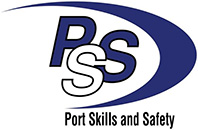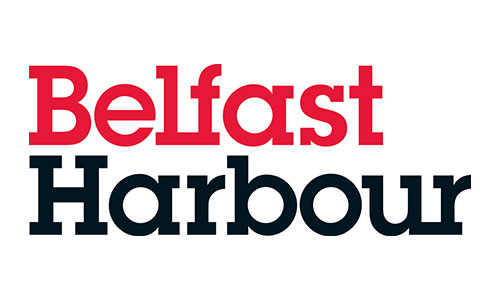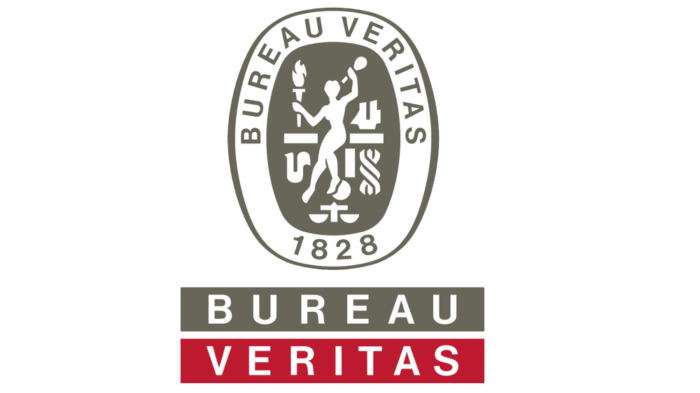You may have heard about the Plimsoll line or possibly worn a pair of plimsolls when you were at school, but you may be surprised how the Plimsoll line impacted the entire marine industry and contributed to maritime safety. So what is a plimsoll line, what does it mean, and how does it work?
The 'Plimsoll line' is the simplest, yet most extraordinary contributor to maritime safety in the last two centuries. Merchant ships have a marking on their hull called the Plimsoll line (the 'international load line'), which clearly marks the maximum safe draft (the deepest the ship can sit in the water) to maintain sufficient buoyancy in all conditions. Samuel Plimsoll is credited with this innovation. It's simple, foolproof and visible to any lay observer, and its effect on seafaring safety has been astonishing.
In the early 1800's, hundreds of ships were being sent from England across the Atlantic to the USA, heavily overloaded, critically unsafe, with dozens of crew onboard, and insured for grossly inflated sums. These were called 'coffin ships.' It is commonly believed that their owners (ship-merchants) were quite happy to see the ship sink (with all lives) in order to collect the (overly inflated) insurance on the vessel. This led to thousands of deaths of impoverished merchant sailors.
Samuel Plimsoll was a London coal merchant and sadly, for him, not a particularly good one. After a number of ill-fated deals Plimsoll ended up destitute and living amongst London’s poor communities. During this time Plimsoll became concerned about the safety of sailors, who were often put at risk from overloaded vessels that could sink in bad weather. His experiences taught him to empathise with the poor and destitute sailors of London's docks, and ultimately take up their cause. In 1867, Samuel Plimsoll was elected to Parliament and endeavoured to pass a Bill dealing with safe loading on ships. His Bill was defeated by the powerful ship-owning MPs in Parliament.
After a number of failed (and hostile) attempts, eventually a Royal Commission on unseaworthy ships was established in 1872, and in 1876 the United Kingdom Merchant Shipping Act made the load line mark compulsory. Samuel Plimsoll had finally won his case.
In 1930, the Load Line Convention was passed - indicating international agreement on Plimsoll's reforms. Most trading ships around the world now had to carry the Plimsoll mark. Samuel Plimsoll died in Folkestone in 1898, and never saw the full effect of his reforms. He should be remembered as a saviour to tens of thousands of sailors. Samuel Plimsoll will never be forgotten.
What Is A Plimsoll Line?
The Plimsoll Line effectively indicates the maximum depth to which a ship may be safely immersed when loaded with cargo. When loaded to this mark(s) it ensures the vessel has sufficient freeboard. Freeboard is the distance measured from the waterline to the upper deck and is effectively the reserve buoyancy a vessel has when afloat.
The International Convention on Load Lines is a comprehensive set of regulations to determine the minimum allowable freeboard and defines the conditions of load line assignment. The minimum summer freeboard is computed by taking a freeboard for a standard ship of the same and correcting it for those geometric properties of the ship which differ from those of the standard one. There are corrections for block coefficient, depth, superstructure, trunks and sheer. It’s a highly complex calculation and the result, the load line mark, is permanently marked on the ship hull.
The purpose of the loadline is two-fold; first, it prevents overloading of a vessel and second, it ensures adequate stability and avoid excessive stress on the ships hull.
Plimsoll’s Legacy

Mariners over the last 150-plus years owe a great deal to the efforts of Samuel Plimsoll.
A statue of Samuel can be found at the National Maritime Museum in London, honouring his work and bravery in forcing through the Plimsoll Line which has saved so many lives. A true hero of the seas!
In this day and age, with new technologies emerging all the time, it’s important to remember and honour the legacy of Samuel Plimsoll and his work, for it was the pioneering of this safety system that continues to keep our ships safe today.
We owe a debt of gratitude to him and all those who have gone before us in working so hard to make sure that we can travel the seas safely.















